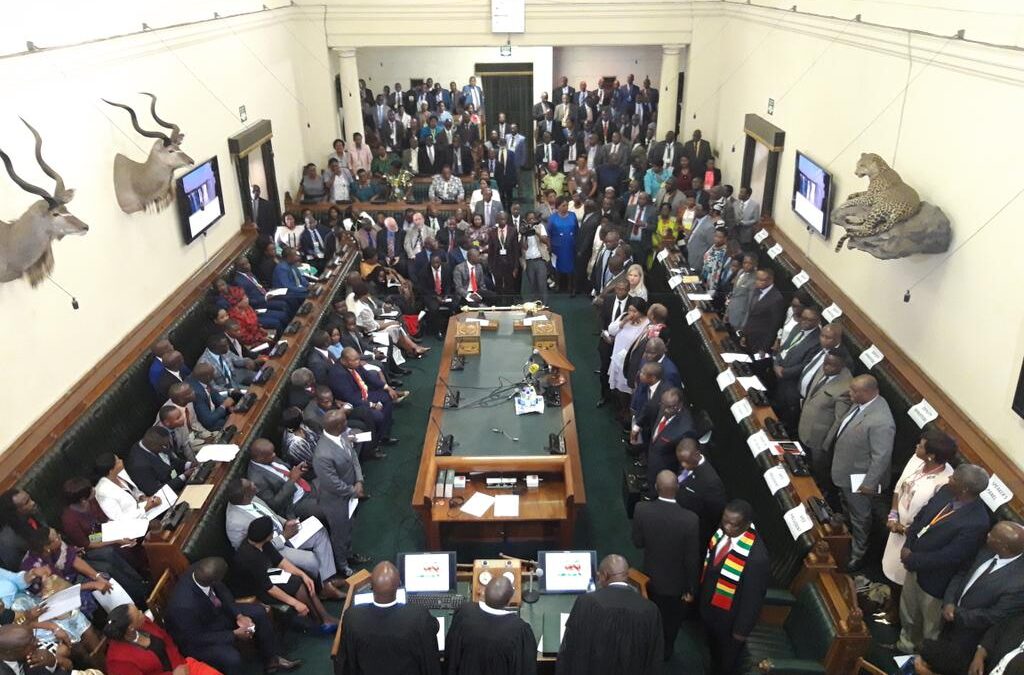Whitney Mabiya.
The Nobel Prize in Chemistry was awarded to three American scientists on Wednesday for their study on quantum dots, which are extremely small particles with a diameter of only a few atoms that have practical uses in electronics and medical imaging.
Moungi Bawendi, of MIT; Louis Brus, of Columbia University; and Alexei Ekimov, of Nanocrystals Technology Inc., were awarded The Nobel Prize in Chemistry on Wednesday for their study on quantum dots.
The award was announced in Stockholm by the Royal Swedish Academy of Sciences. “They have unique properties and now spread their light from television screens and LED lamps,” “They catalyze chemical reactions and their clear light can illuminate tumor tissue for a surgeon,” the academy commented.
Highly vivid colors are made possible by the restricted movement of the electrons in quantum dots, which has an impact on how they absorb and release visible light.
When subjected to light or illumination, the dots, which are nanoparticles, glow blue, red, or green. The size of the particles affects the color they emanate. Smaller dots shine blue, and larger dots shine red. Electrons behave differently in tighter or looser spaces, which is why the color changes.
Although these color-changing characteristics were anticipated by physicists as early as the 1930s, it took another 50 years for scientists to develop the technology to make quantum dots with precise regulated sizes.
Thousands of university professors and other academics from around the world submit recommendations to the academy, which bestows the physics, chemistry, and economics prizes, a year in advance.
Early technology pioneers Ekimov, 78, and Brus, 80, were honored on Wednesday, while Bawendi, 62, is credited with improving the manufacturing of quantum dots, “resulting in almost perfect particles.” The academy stated that they had to possess this superior quality in order to be used in applications.
For creating the first split-second peek into the extremely fast world of spinning electrons, French scientist Pierre Agostini, Hungarian-born Ferenc Krausz, and Swedish-French physicist Anne L’Huillier shared the physics prize on Tuesday.
In recognition of their discoveries that made it possible to develop mRNA vaccines against COVID-19, Americans Drew Weissman and Hungarian-American Katalin Karikó shared the Nobel Prize in medicine on Monday.
This year, the Nobel Foundation increased the award money to 11 million kronor ($1 million). Winners also get an 18-carat gold medal and diploma in the December ceremony.





0 Comments